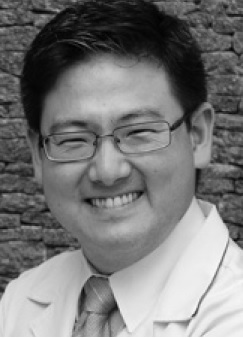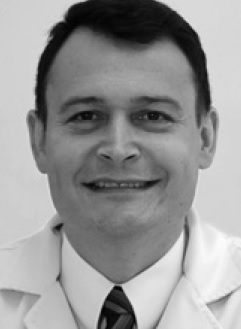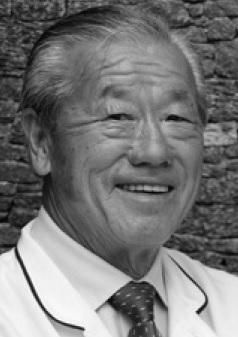Teledentistry, Do-It-Yourself Orthodontics, and Remote Treatment Monitoring
The Next Frontier
Recent research in cellular physiology has established that there is a latency period of perhaps several hours before the cell membrane responds to a stimulus. When a stimulus is sustained for three or more hours, electrochemical changes render the cell membrane porous, allowing a cascade of ions to pass through the cell wall. Mediators are released, and in the case of bone, cells can differentiate into osteoblasts or osteoclasts, depending on the nature of the stimulus.
If the stimulus is interrupted before the latency period is exceeded, no cellular changes occur--meaning that no tooth movement, for example, takes place. It is interesting to note that once the cascade effect begins, it appears to continue for some time, even after the stimulus ends.
If there were no latency period, any weight-bearing structure would undergo resorption as soon as loading begins. Gravity alone would be sufficient to initiate changes in bones. With the latency period, as we move or change position throughout the day, the gravitational stimulus is interrupted and homeostasis is maintained. While we sleep, another mechanism may be operative. It is conjectured that the nasal cycle, in which the turbinates become engorged alternately every one to four hours, is responsible for our turning over to keep the patent nostril in a superior position and assure an adequate airway. This turning also interrupts the gravitational stimulus.
The latency period explains some of the variation in response we observe in clinical orthodontics. The force applied to a cell must be uninterrupted for a sufficient length of time, greater than the latency period, for the cascade of ions to occur. For example, if elastics are not worn continuously, perhaps for six hours at a time, there will be no tooth movement. The same is true of headgear and other orthopedic appliances, because cells in the bony sutures can be expected to function similarly to cells in the periodontal membrane.
Consider an anterior open-bite patient who appears to be a tongue thruster. Proffit and Subtelny have shown that the resting position of the tongue, rather than tongue thrust, influences tooth positions.1 Yet many clinicians are convinced that tongue thrust is an important cause of anterior open bite. Both views are correct. Tongue thrust is not a tooth-moving force, but it can interfere with tooth movement. If a tongue thrust interrupts the force system responsible for anterior tooth eruption, an anterior open bite can develop as the posterior teeth erupt in a normal skeletal growth pattern.
The tendency of some mouthbreathers to develop long-face syndrome can be explained similarly. If a mouthbreather elevates the mandible on deglutition--which occurs every one to two minutes, day and night--to make contact with the maxillary teeth, excessive posterior vertical growth and eruption will be interrupted. However, if the mandible is left agape, even during swallowing, posterior alveolar growth and eruption are allowed to proceed. This is precisely what Harvold found in primates whose nares were blocked with silicone plugs.2
Armed with the concept of the latency period, the orthodontist can design more efficient force systems. Intermittent forces cannot move teeth, but they can interrupt tooth movement that would otherwise occur. For example, to retract the cuspids without the molars moving forward, a full-time force should be applied to the cuspids, while the molars are prevented from moving by an interrupting force. This situation could be created by tying the cuspid back to the molar with elastic thread and using a headgear or Class II elastics with a sliding jig to deliver a distalizing force to the molar. Even if the elastic wear is intermittent, the molars should not move forward, provided the elastics are not left off for more than three hours at a time.
Orthodontists should take care to free any teeth to be moved from occlusal interferences, because occlusal contacts of inclined planes generate forces that interrupt the tooth-moving force system. We have all seen patients in whom one cuspid moves back faster than the other. This could be explained by an occlusal interference that interrupts the movement of one cuspid. Equilibration or placement of interocclusal plastic to eliminate the cuspid interference may be all that is necessary for the tooth to move.
Removable retainers might be more effective if worn for five minutes every few hours, rather than full-time or all night. If the forces that cause relapse are interrupted every three or four hours, we could expect that rotations and diastemas would not recur. For some patients, this protocol might be close to what they adopted when advised to wear an appliance full-time.
More research is required before clinicians can adopt the principles I have described. At present, appliance design, metallurgy, and bonding technology have all expanded our capacity to deliver efficient orthodontic services to our patients. Cellular research may be the next frontier. As we better understand cellular physiology, we will be able to design systems that deliver biologically optimal force systems to the teeth and jaws. This could usher in a new era of excellence in orthodontics.




